In order to protect precious livestock from infectious diseases such as bird flu, foot-and-mouth disease, and swine fever, advance measures such as thorough disinfection are very important.
People at the production site are very nervous, and many farms take strict measures to prevent these epidemics. Some people understand the importance of measures against infectious diseases in livestock, but do not know where to start, or are not sure if the correct method is being used even though they are disinfecting themselves.
For such people, in this article, I would like to review the preventive measures against livestock infectious diseases once again, and introduce the importance of preventive measures and specific countermeasures. First of all, I will look back on the situation of livestock infectious diseases in recent years.
About bird flu
Looking at the situation of bird flu in recent years, highly pathogenic bird flu in 2020, which occurred for the first time in 2 years and 10 months, confirmed 52 cases in 18 prefectures as of March of the same year, and the number of cullings was It reached about 9.87 million birds.
Multiple outbreaks occurred at large-scale farms with more than 1 million chickens, and the scale of the outbreak was unprecedented even on a farm-by-farm basis.
The highly pathogenic avian influenza virus is thought to have been brought into Japan by migratory birds from Europe, and cases of the same virus have been confirmed in Western Europe and South Korea.
About foot-and-mouth disease
In October 2010, foot-and-mouth disease occurred in Miyazaki Prefecture for the first time in 10 years in Japan. Foot-and-mouth disease virus is a virus that infects 39 species of artiodactyls such as cattle, buffaloes, pigs, goats, and sheep, and 11 species of rodents, and is highly infectious and contagious.
Anti-epidemic measures such as disinfection of livestock barns, disinfection of vehicles entering and exiting farms, restrictions on movement, and slaughter and burial of cows and pigs suspected of being infected were taken. were deprived of the livestock industry, which had a great impact not only on the livestock industry but also on the local economy.
After such a large-scale foot-and-mouth disease outbreak, improvement measures aimed at strengthening the livestock epidemic prevention system played an important role, and on March 29, 2011, the " Law for Partial Revision of the Domestic Animal Infectious Diseases Control Law " was enacted. established.

About swine fever
Swine fever virus, which is characterized by strong infectivity and lethality, is a pathogenic virus that infects pigs and wild boars. At present, there is no cure for swine fever virus-infected animals, and if it occurs, it will have a huge impact on the livestock industry.
Looking back on recent livestock epidemics such as avian influenza, foot-and-mouth disease, and swine fever, we realized that they had a major impact not only on the livestock industry but also on the local economy. Prevention measures play an important role in preventing a recurrence of such a situation.
What are the main livestock infectious disease measures?
How do many farms deal with livestock epidemics? Here are some examples of the main measures taken.
(1) Disinfection of hands and fingers of workers (2) Change of boots and disinfection of clothes (3) Disinfection of the farm (4) Disinfection of vehicles entering and exiting the farm (5) Installation of nets to prevent wild birds from entering
Watch the video to see how vehicles are disinfected.
As you can see from the above, it is important to thoroughly disinfect everything that comes into contact with livestock, and not to bring in, take out, or spread infectious diseases.
In particular, in order to prevent infectious diseases from being brought into one's own farm or brought in from outside, disinfecting the cars and trucks used when moving is one of the key countermeasures. Some farms invest and install dedicated equipment. Automobiles, which are unavoidable during farm work and shipping/carrying in, are very important disinfection points on the farm.
I would like to deepen a little more about this "vehicle disinfection". Disinfection method for vehicles In order to prevent the spread of pathogens in the farm through the tires of vehicles, etc., thorough disinfection using a simple sprayer etc. before entering and leaving the farm prevents bringing in and out of pathogens by vehicle. prevent.

In particular, tire grooves that touch the ground are often overlooked, but it is necessary to thoroughly disinfect them to prevent uneven disinfection. Another countermeasure is to create a disinfection zone by spraying slaked lime, which is about the size of a tire, at the entrance and exit of the farm, and many farms are doing this.
In addition, there are various methods for vehicle disinfection, such as a vehicle disinfection gate that automatically sprays disinfectant when a car passes through the gate. The simple sprayer is low cost, but because people wear protective clothing and spray manually, it is necessary to get off the vehicle and disinfect when disinfecting.
Also, depending on the method of spraying, uneven disinfection may occur, and whether pathogens can be completely prevented depends on the person who sprays. On the other hand, there is an image that a vehicle disinfection gate requires large-scale construction to install and is likely to be expensive. This is a disinfection method that can be recommended for those who feel that it is.
Please also refer to the video of the scene passing through the vehicle disinfection gate.
A simple manual disinfection sprayer is easy to carry and low cost, so it is a disinfection method that has been introduced on many farms, but it is said that the driver has to get off the car every time to perform the disinfection work, and that it is easy to cause uneven disinfection. There is a point, and there are many voices wanting an automatic spraying device.
In order to protect your precious livestock, why not take this opportunity to create an environment where automatic spray disinfection can be performed with higher disinfection accuracy than a manual disinfector.
About the automatic spraying device
Many people have an image that automatic spraying equipment is large and expensive to install. In addition, once installed, it cannot be relocated, and there are many points to worry about, such as the cost of relocating. I would like to explore these questions in more detail.
① First of all, what is automatic spraying?
When the sensor detects the vehicle, it automatically sprays the disinfectant to efficiently disinfect the vehicle. It automatically stops when exiting the gate, allowing the entire vehicle to be disinfected without the driver having to disembark for disinfection.
In addition, manual disinfection tends to cause uneven disinfection such as tire grooves and small parts, but with automatic spraying, the entire vehicle is thoroughly disinfected, so uneven disinfection is less likely to occur and the epidemic prevention effect is enhanced. can be expected.
Being able to improve the accuracy of disinfection, which is the cornerstone of preventive measures, is very reassuring as a countermeasure.
②Is it impossible to relocate the automatic spraying device once it is installed? !
Some types of automatic spraying equipment cannot be easily relocated once installed, such as requiring electrical work for installation.
On the other hand, the compact, lightweight design type disinfection gate can be transported by a light truck, so it can be carried and installed by yourself. It can be installed and relocated in a short time, so it can be expected to be useful in situations where speedy response is required, such as in an emergency. It is possible to relocate.
If you can't change the installation location, it's quite difficult to make a decision at the time of introduction, but if you can easily relocate it, the hurdles for introduction will likely go down.
(3) Is it expensive to introduce?
Accuracy of disinfection is an important point, but the most worrisome point is the cost of introduction. It is said that an automatic spraying device called a general vehicle disinfection gate costs several million to ten million yen when installing the gate.
For this reason, there are many voices saying, "I want to install a disinfection gate, but the cost is difficult."
In the case of disinfection gates that require large-scale construction, it is true that a large amount of money will be incurred, but in the case of a compact disinfection gate that can be carried even by a light truck, there are cases where the introduction cost can be greatly reduced. .
Producers who have been worried about introducing it due to cost issues may be able to introduce it at a low cost in the case of a portable disinfection gate.
summary
In order to prevent pathogens from being brought in, taken out, and spread, it is necessary to take various measures, including disinfection, on the farm. In particular, this time, we took a closer look at the points to be careful about "disinfection" and the automatic spraying device.
In general, livestock epidemics spread more often during the dry winter months, but preventive measures can be started at any time. We recommend that you take early measures so that you do not have to take measures in a hurry.

 箱罠
箱罠
 くくり罠
くくり罠
 パーツ類
パーツ類
 電気柵
電気柵
 自作キット
自作キット
 防獣グッズ
防獣グッズ
 監視カメラ
監視カメラ

![[Warning] Bird flu may be transmitted by wild birds and animals](http://inohoi.jp/cdn/shop/articles/magamo_520x500_5982cf58-7e29-4858-a5e0-a3958abb6774.jpg?v=1738910763&width=750)
![[Warning] Outbreak of classical swine fever](http://inohoi.jp/cdn/shop/articles/autumnal-leaves-2994802_1280_520x500_64af3213-f0e1-4da3-8680-896eb0b82f3a.jpg?v=1738910784&width=750)

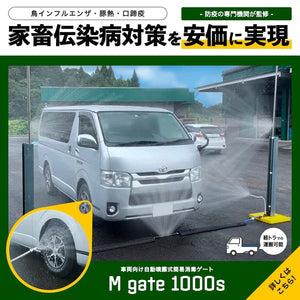
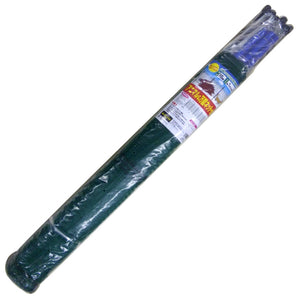
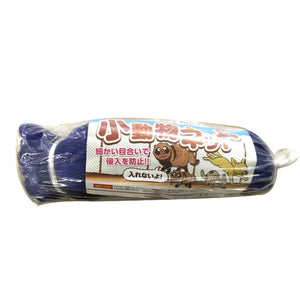
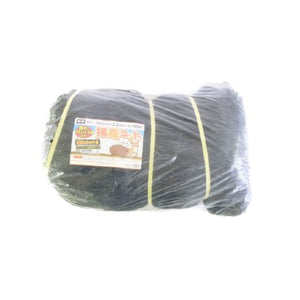




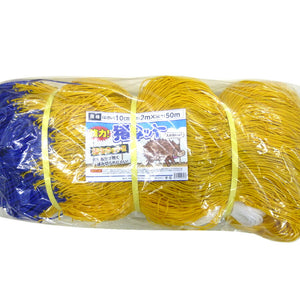
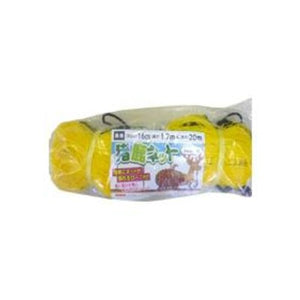


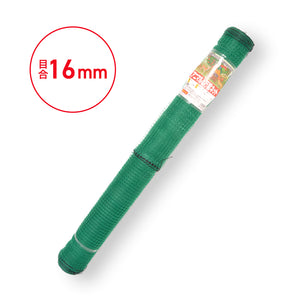
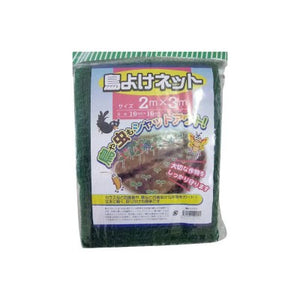
 box trap
box trap
 tying trap
tying trap
 enclosure trap
enclosure trap
 Prevention and avoidance goods
Prevention and avoidance goods
 electric fence
electric fence
 trap surveillance camera
trap surveillance camera
 transportation goods
transportation goods
 Trap detection sensor
Trap detection sensor
 hunting supplies
hunting supplies
 game cookware
game cookware
 hunting books
hunting books
 Anti-bird goods
Anti-bird goods
 Agricultural materials/machinery
Agricultural materials/machinery
 Gibier
Gibier
 boar
boar
 deer
deer
 Kyon
Kyon
 monkey
monkey
 raccoon
raccoon
 Badger
Badger
 palm civet
palm civet
 raccoon dog
raccoon dog
 nutria
nutria
 mouse or rat
mouse or rat
 Mole
Mole
 bear
bear
 pigeon
pigeon
 Crow
Crow







